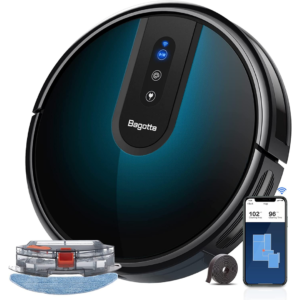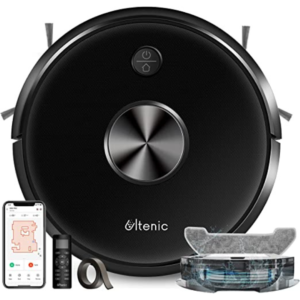The Definitive Guide to Defrosting a Freezer: Tips and Tricks for Efficient Maintenance
A freezer is a valuable appliance that preserves food and keeps it fresh for longer. However, over time, frost and ice can build up inside the freezer, affecting its performance and storage capacity. Regular defrosting is essential to maintain optimal efficiency and prolong the lifespan of your freezer. In this comprehensive guide, we’ll walk you through the steps and share useful tips for defrosting your freezer efficiently. From preparing your freezer for defrosting to preventing ice buildup in the future, we’ve got you covered.
Signs It's Time to Defrost Your Freezer
Recognizing the signs of frost buildup is crucial for timely defrosting. Common signs include difficulty in closing the freezer door, reduced cooling efficiency, and excessive frost on the interior walls. If you notice these signs or feel the freezer is running louder than usual, it’s time to defrost.
Emptying and Preparing Your Freezer
Start by removing all items from your freezer. Place perishable items in a cooler with ice packs to keep them fresh during defrosting. Unplug the freezer to prevent any potential electrical hazards. You may also want to place towels or absorbent cloths around the freezer to catch any water runoff during defrosting.
Speeding Up the Defrosting Process
If you want to expedite the defrosting process, you can use a few tricks to speed it up. Placing bowls of hot water or using a hairdryer on a low setting can help melt the ice faster. Avoid using sharp objects to chip away ice, as this can damage the freezer’s interior.
Cleaning and Maintaining Your Freezer
Once the ice has melted, clean the interior of the freezer with a mixture of warm water and mild detergent. Remove any residue or dirt that may have accumulated. Wipe the interior dry before plugging the freezer back in.
Preventing Ice Buildup in the Future
To minimize frost buildup in the future, practice good freezer habits. Avoid overloading the freezer, as this can obstruct proper airflow and lead to frost formation. Ensure that all food items are tightly sealed to prevent moisture from escaping and causing frost.
Routine Defrosting Schedule
Create a routine defrosting schedule based on your freezer’s performance and usage. Most freezers need defrosting every six months to a year, depending on the model and the frequency of use.
Maintenance Tips for Frost-Free Freezers
Frost-free freezers come with self-defrosting features, but they still require maintenance. Check the drainage hole regularly to ensure it is clear and not clogged. Clean the freezer’s coils and condenser to optimize its performance.
Defrosting your freezer is a simple yet crucial maintenance task that ensures its optimal performance and longevity. By recognizing the signs of frost buildup, preparing your freezer for defrosting, and practicing good freezer habits, you can prevent excessive ice formation and maintain your freezer’s efficiency. Regular defrosting will keep your freezer running smoothly, preserving food and providing you with reliable cooling for years to come.













